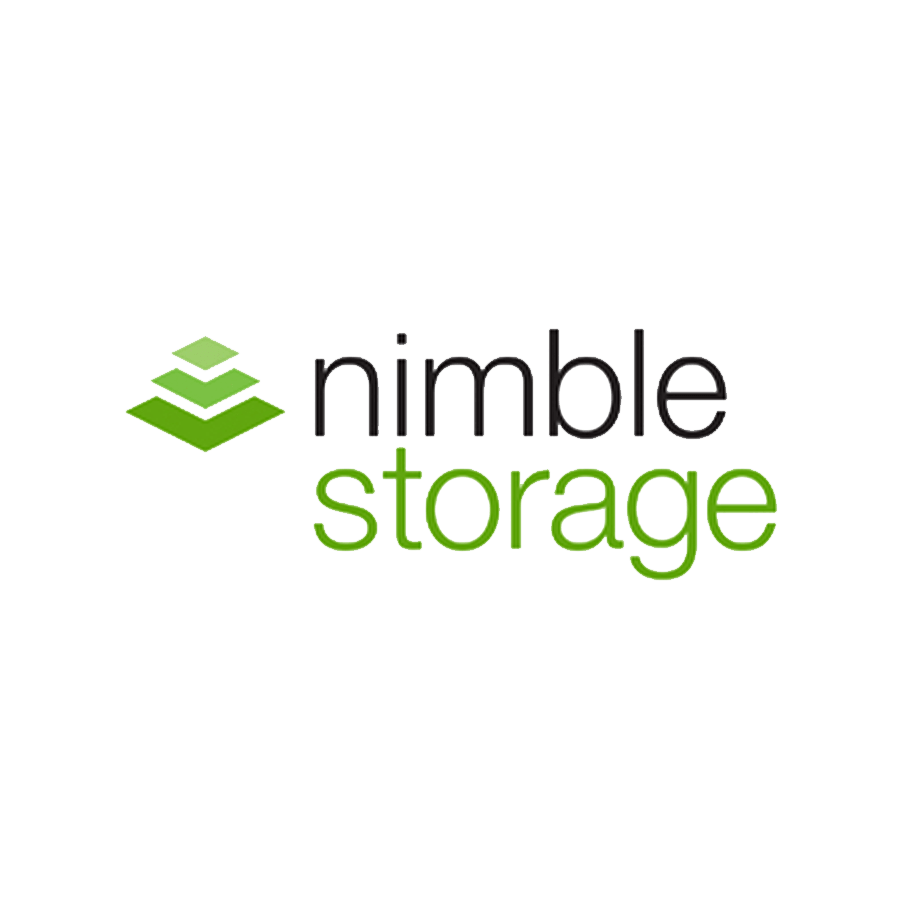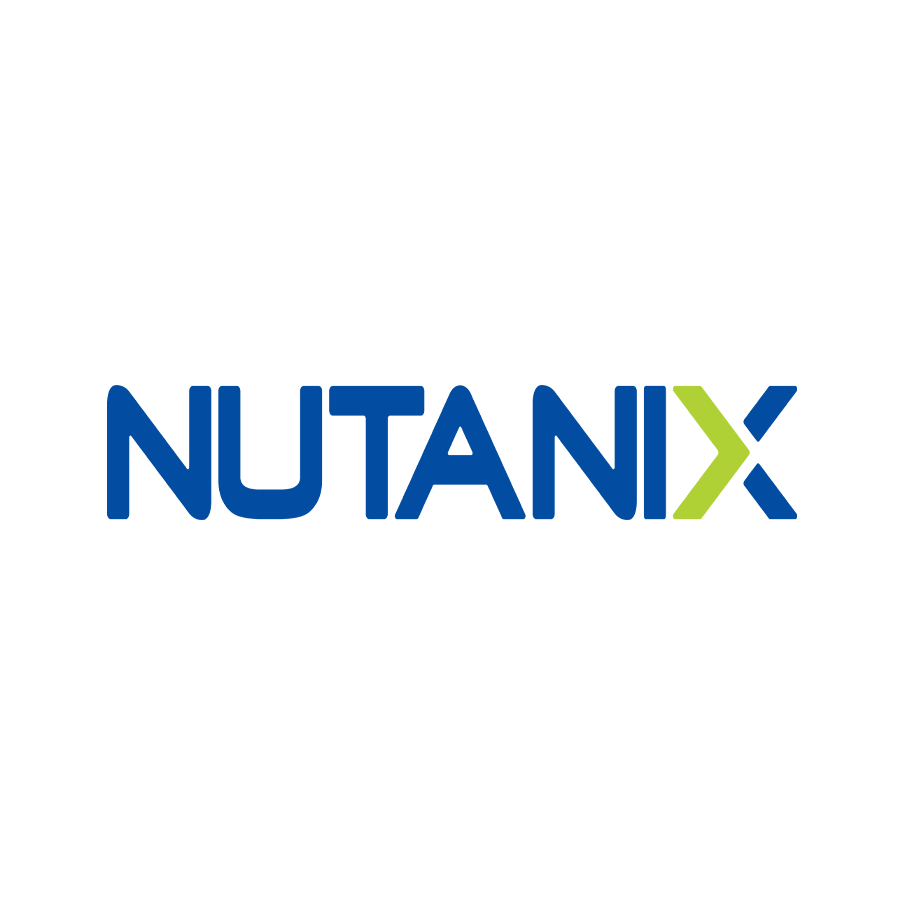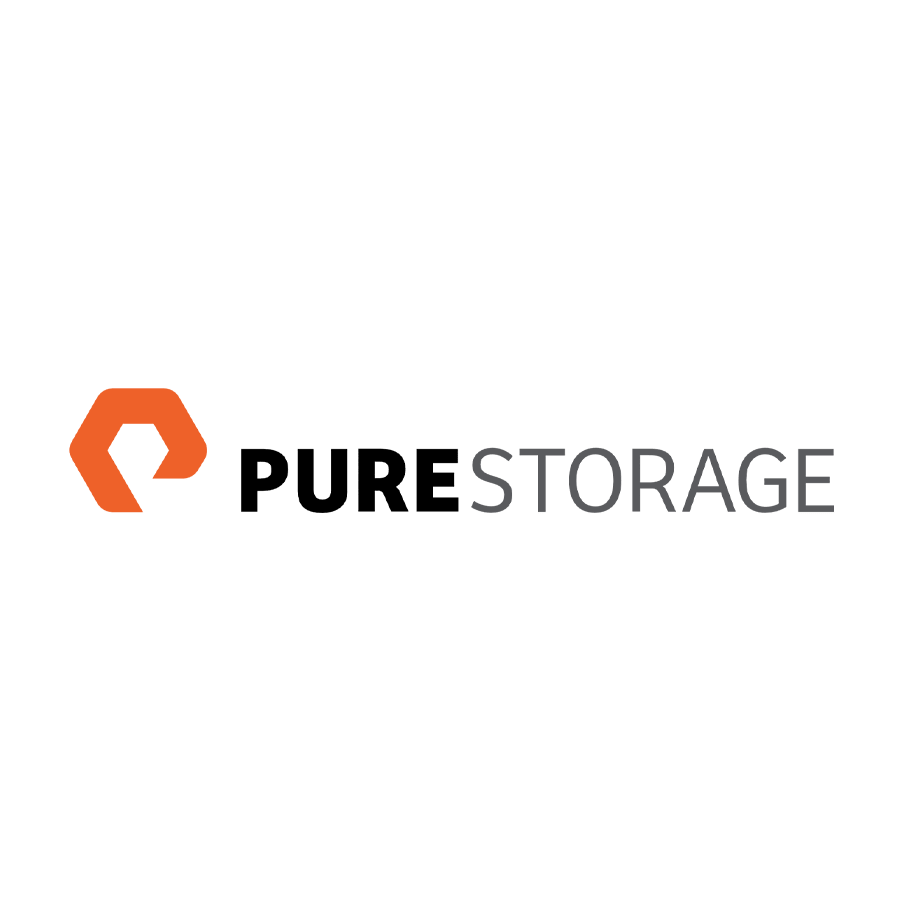All-Flash and Hybrid Storage

An All-Flash Storage array is a storage system that consists of multiple flash memory drives instead of spinning hard disk drives.
All-flash storage, also known as an all-flash storage array (AFA), is a storage architecture designed to take advantage of solid-state memory technology. Benefits can include low latency, higher IOPS, greater storage density and reduced power consumption.
-
Enable super-fast data mobility speeds
-
Minimize/eliminate spikes in latency as number of users increase
-
The speeds enable and empower faster and near real-time analytics
-
Easy migration from disk-based systems
-
Give the enterprise a competitive edge by speeding up time to market for data-driven businesses
Hybrid Storage
Hybrid storage, also known as hybrid-flash, combines flash with hard-disk drive (HDD) media in the same array to blend performance and lower-cost capacity.
Hybrid storage is ideal for businesses that have both “hot” data that is considered critical and must be frequently accessed and “cold” data that is less important and is needed less often. By combining storage media and offer a range of performance levels, organizations can choose the ratio of performance and capacity that best suits their needs to achieve optimal value.
Benefits
Lower costs
Increased efficiency
Increased performance
Regardless of the type of IT infrastructure, traditional or hyper-converged, storage capacity performance can be greatly improved by adding a bit of flash to the combination.
Software-defined infrastructure is the key to the intelligent usage of multiple storage media. It allows the OS to manage a mix of storage devices (DRAM,SSDs, HDDs, etc) in a unified pool of data.
Simplified management
When choosing a software-defined infrastructure, you immediately get the benefit of simplified management. The time involved in setting up and managing the storage capacity of your environment is greatly reduced.
The infrastructure is easy to set up and manage, allowing your IT team to focus on other parts of the business.














